BLOG
Enhancing Home Efficiency: The Rise of Automatic Blinds for Windows in Energy Savings
As homeowners increasingly seek ways to reduce energy consumption and enhance home efficiency, the adoption of innovations like automatic blinds for windows is gaining momentum. According to a report by the U.S. Department of Energy, properly installed and operated window coverings can reduce energy costs by up to 25% by regulating indoor temperatures more effectively. Furthermore, a recent industry analysis indicates that the market for smart blinds is projected to grow substantially, with a compound annual growth rate (CAGR) of over 20% through 2025. This remarkable growth underscores the rising consumer awareness of how automatic blinds for windows not only provide convenience but also serve as a vital tool in achieving significant energy savings. By integrating advanced technologies, these blinds can adapt to varying sunlight conditions, thereby enhancing thermal comfort and reducing reliance on air conditioning systems, making them an essential feature for modern, energy-efficient homes.
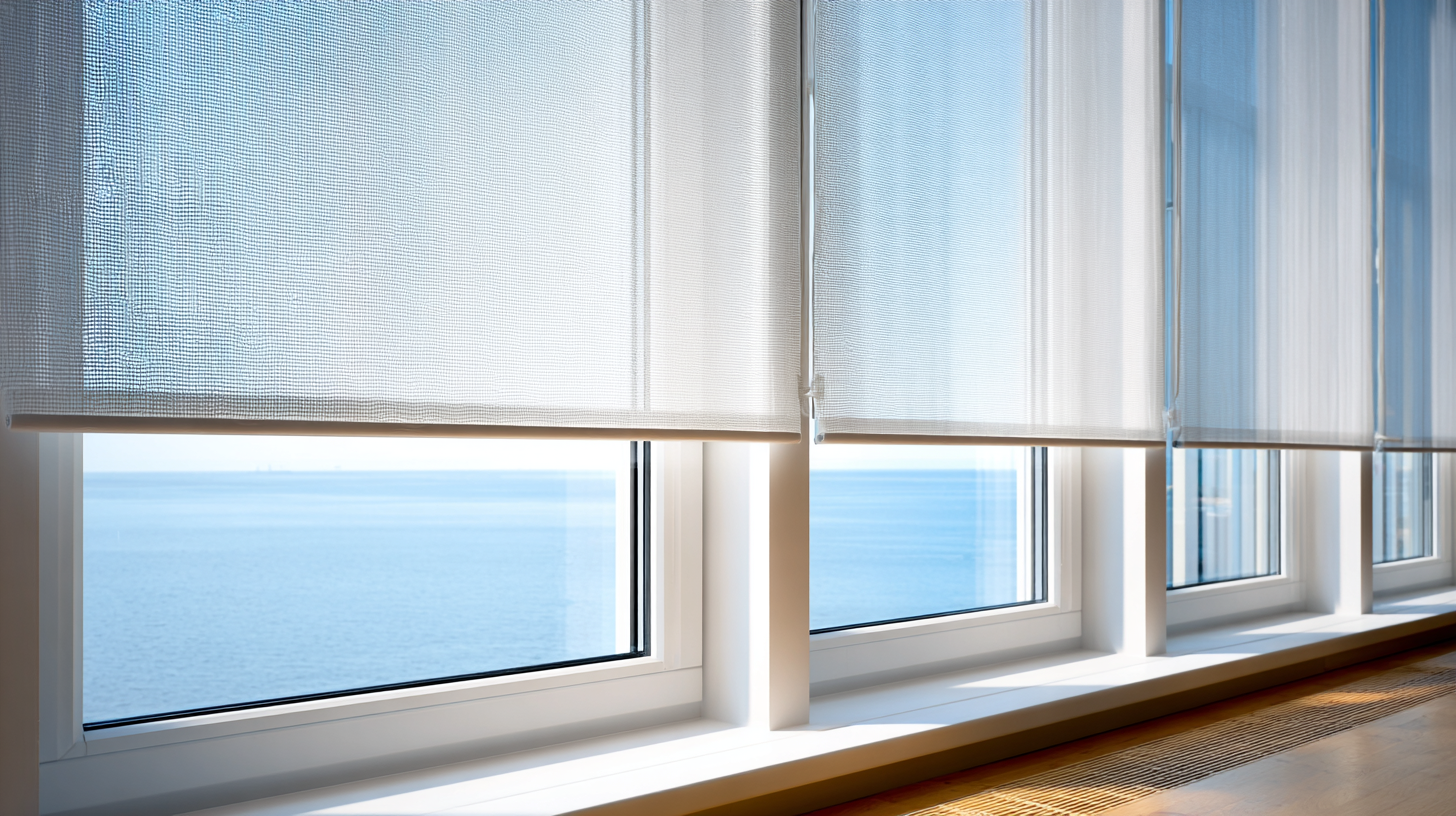
The Benefits of Automatic Blinds in Reducing Energy Consumption
Automatic blinds are becoming increasingly popular among homeowners looking to improve energy efficiency. One of the key benefits of these systems is their ability to regulate indoor temperatures more effectively. By automatically adjusting to the position of the sun throughout the day, automatic blinds can minimize heat gain during hot months and reduce heat loss during colder seasons. This not only creates a more comfortable living environment but also decreases reliance on heating and cooling systems, leading to significant energy savings.
In addition to temperature control, automatic blinds can also help manage natural light levels, reducing the need for artificial lighting. By intelligently diffusing sunlight, they allow for a well-lit space without excessive glare or the heat that comes from direct sunlight. This enhances the overall ambience of a room while contributing to lower electricity bills. Furthermore, many automatic blinds come with smart technology that can be programmed to operate based on your daily routine, ensuring optimal energy efficiency without any extra effort from the homeowner.
Enhancing Home Efficiency: The Impact of Automatic Blinds on Energy Consumption
This chart illustrates the estimated energy savings associated with the use of automatic blinds in homes over various seasons. The data highlights the significant reduction in energy consumption for heating and cooling thanks to the adaptability of automatic blinds to changing weather conditions.
Choosing the Right Type of Automatic Blinds for Your Home
When choosing the right type of automatic blinds for your home, it's essential to consider the various materials and mechanisms available. For instance, cellular shades are a popular option due to their energy-efficient design. These blinds trap air in their honeycomb structure, providing excellent insulation that can help maintain a comfortable temperature indoors. Additionally, they can be programmed to open and close at specific times, taking advantage of natural light while reducing reliance on heating and cooling systems.
Another factor to consider is the type of control system you prefer. Many automatic blinds come with smart technology integration, allowing homeowners to control them via smartphone apps or voice-activated devices. This feature not only enhances convenience but also enables users to set schedules that align with their daily routines. Opting for a system that syncs with weather forecasts can further optimize energy savings by adjusting the blinds based on temperature and sunlight conditions throughout the day. By carefully selecting the right type of automatic blinds, homeowners can significantly enhance their home's energy efficiency.
How to Program Automatic Blinds for Optimal Energy Efficiency
The integration of automatic blinds into residential spaces is transforming how homeowners approach energy savings. Programming these innovative window treatments effectively can lead to significant reductions in energy consumption. According to a report from the American Society of Heating, Refrigerating, and Air-Conditioning Engineers (ASHRAE), well-designed shading systems can reduce cooling energy loads by up to 30%. This statistic underscores the potential benefits of automatic blinds, which can be programmed to adjust based on sunlight intensity and temperature, optimizing energy use throughout the day.
To maximize the energy efficiency of automatic blinds, homeowners should consider using smart home technology that enables programmable settings. For example, schedules can be set to lower blinds during peak sunlight hours or raise them at night to take advantage of passive solar heating. A study by the U.S. Department of Energy highlights that homes with smart window coverings see an average energy saving of 10-20% annually. By utilizing data from weather forecasts and indoor temperature sensors, these systems ensure that blinds operate at their most effective, contributing to both comfort and sustainability.

Maintenance Tips to Ensure Longevity of Your Automatic Blinds
Automatic blinds have rapidly gained popularity as homeowners seek innovative solutions to enhance energy efficiency in their living spaces. However, to maximize their benefits, proper maintenance is crucial. According to a report by the U.S. Department of Energy, properly installed and maintained window treatments can reduce energy costs by up to 30%. Here are some tips to ensure the longevity of your automatic blinds.

First, regularly dust and clean the blinds to prevent dirt buildup that could interfere with their operation. Use a soft microfiber cloth or vacuum with a brush attachment to gently remove dust. For stubborn stains, a damp cloth with mild soap can be effective. Additionally, it's important to check the motors and wiring periodically; ensure there are no obstructions and that connections are secure, as mechanical failures are often the result of neglect.
Next, consider the material and technology of your blinds. High-quality materials tend to withstand wear better and are specifically designed for various climates. Reports indicate that consumers who invest in quality automatic blinds experience fewer repairs and replacements, ultimately contributing to long-term savings. Implementing these maintenance tips can help you enjoy the benefits of energy-efficient automatic blinds for years to come.
Integrating Smart Home Technology with Automatic Blinds for Enhanced Control
The integration of smart home technology with automatic blinds is transforming residential buildings into more efficient and automated living spaces. As homeowners increasingly seek convenience and enhanced control over their environments, automatic blinds present a compelling solution. These blinds can be adjusted remotely or programmed to respond to specific conditions such as time of day, sunlight intensity, or temperature, significantly reducing energy consumption and contributing to a more sustainable home.
By 2024, the global smart home technology market is projected to surpass $150 billion, with domestic growth also on the rise. This growth reflects the rising consumer demand for products that not only enhance comfort but also optimize energy use. Automatic blinds, which are part of this burgeoning market, are expected to see a compound annual growth rate of 3.3% from 2025 to 2033, as more households recognize their value in achieving both aesthetic appeal and functionality. The widespread adoption of these technologies underlines a pivotal shift towards smarter living solutions that prioritize efficiency and ease of use.
Enhancing Home Efficiency: The Rise of Automatic Blinds for Windows in Energy Savings
| Feature | Description | Energy Savings (%) | Control Method |
|---|---|---|---|
| Automatic Adjustment | Blinds adjust automatically based on sunlight. | 25% | Smartphone App |
| Remote Access | Control blinds from anywhere using mobile devices. | 15% | Voice Assistants |
| Customization | Set schedules for opening and closing blinds. | 30% | Automated Schedules |
| Energy Monitoring | Track energy savings and optimize usage. | 20% | App and Dashboard |
Related Posts
-
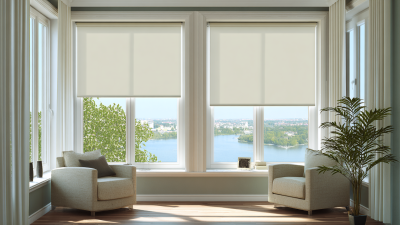
Transform Your Home: The Ultimate Guide to Choosing Electric Blinds for Windows
-
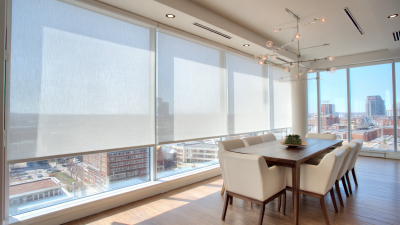
Transform Your Space: The Benefits of Motorized Roller Shades in Modern Home Design
-

Transform Your Living Space with Smart Automatic Blinds and Energy Efficiency Insights
-
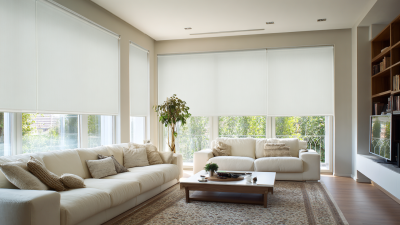
Transform Your Space: The Ultimate Guide to Choosing Blackout Roller Shades for Maximum Comfort
-
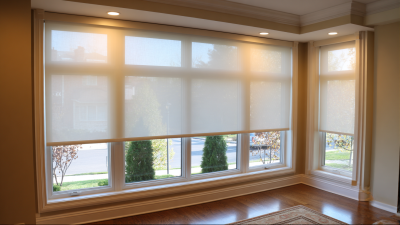
Explore the Benefits of Motorized Window Shades for Smart Home Living
-

Transform Your Space: Innovative Window Shades Ideas for Every Room Style

